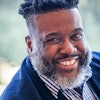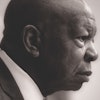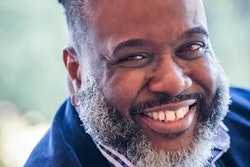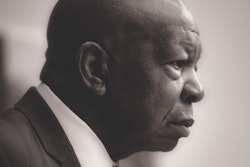The scar on my thigh reminds me of the day I almost gave up my career as a teacher.
A 9-year-old boy in my class, who hated and felt disrespected at school, shoved me into a sharp table at my first teaching job in New Jersey. That night, I considered quitting or having the child removed from my class.
But I didn’t, and 23 years later, he is a father and a husband with a successful military career. I remain close friends with his parents.
That student taught me that educators can extract genius from struggling learners, whether they are autistic, have Attention Deficit Hyperactivity Disorder, dyslexia, anxiety disorders or other challenges. I now dedicate my career to helping children and adults with learning and behavioral challenges, co-directing a center that is focused on the emerging field of neurodiversity education at a Southern California university.
These learners are the next frontier in social justice, following in the footsteps of gender, race, religion and sexual-orientation equality.
A decade after the passage of the United Nations’ Convention on the Rights of Persons with Disabilities, only 28 percent of countries that signed the treaty ensure through their constitutions that disabled children have a right to an education, according to a UCLA study. And only about a quarter of those countries prohibit through their constitutions discrimination based on disabilities.
In the United States, high-functioning students with autism and ADHD are increasingly pursuing college degrees. The latest data from the National Center for Education Statistics show about 11 percent of students reported to their colleges that they have learning challenges. The real number is likely much higher, but fear and stigma prevent some students from reporting their challenges to administrators.















